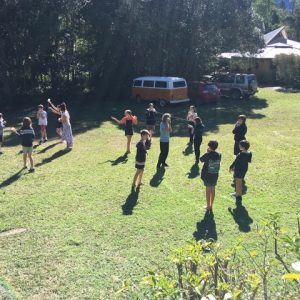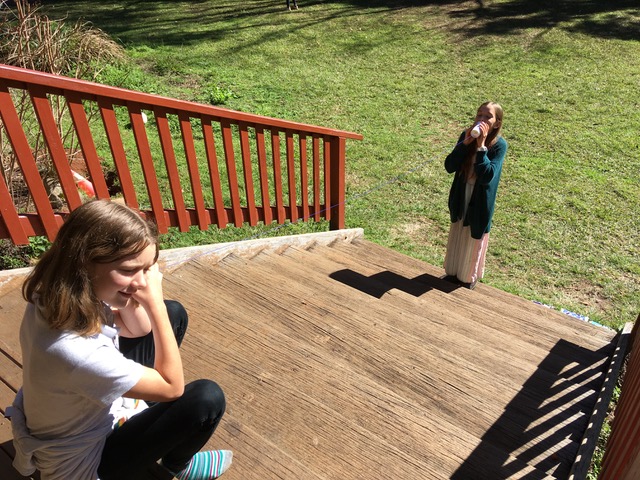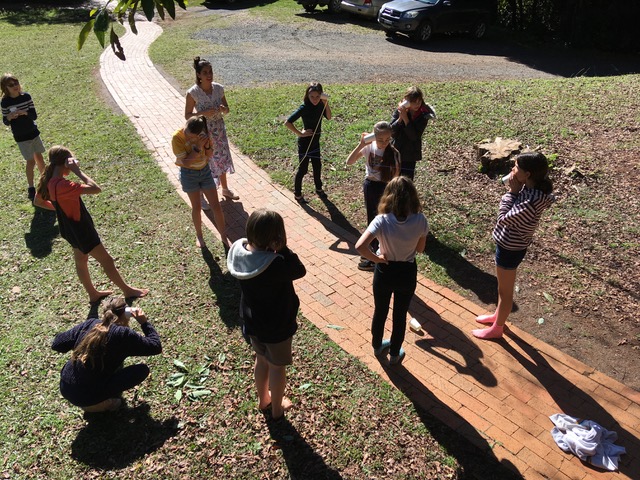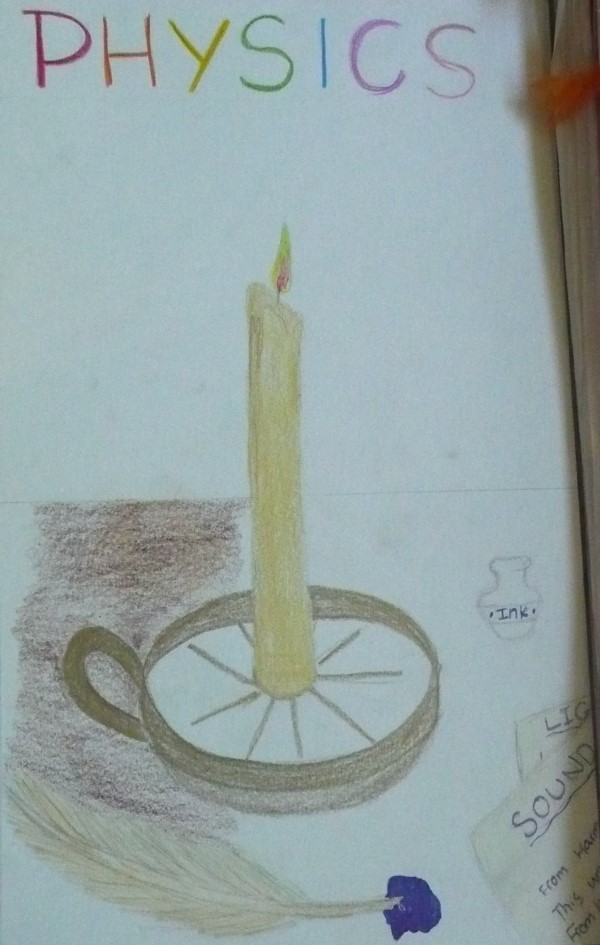
Throughout the early primary years, the Chrysalis Steiner curriculum provides the children with many opportunities to build their capacity for imaginative and creative thinking. Through imaginative activities such as story recall, drama, play, and learning through the epochs; the students begin to see the world from a bigger perspective through the feeling life. When teaching science in a Steiner school the teacher brings experiential activities in the early primary leading up to class 4 and class 5 where they begin the study of animals and the study of the plant kingdom. In both these classes the students observe in a direct way.
In Class 6 we now take up a study of the forces of nature that are experienced less directly, through their manifestation. Class 6 students are developing their analytical and deductive capacities of thought. However as with all subjects, we seek to engage not only their thinking, but their feeling and willing. The students study physics through sensing the phenomena of the world itself. They sharpen their powers of observation, learning to separate what “I see, hear, feel and smell from what I think about it, or what I’ve been told about it. Sometimes what happens is not what I’ve been told will happen.”

During the past week the students have been engaged in many experiments pertaining to sound or acoustics as it is known in Physics. Each day the students were brought a series of experiments and demonstrations that are connected to a concept. Some concepts the students explored this week were:
Objects are a source of sound
- We rely on our sight often to identify sounds
- We may hear but often don’t listen – not paying attention to the sounds around us
Sound involves the vibration of matter.
- The pitch of sound can be altered by changing the sound producing body
Sound travels through air
Sound travels through liquids
Sound travels through solids
The vibration patterns of sound can be made visible.
Through the discussion of the common thread of the phenomena, we derive meaning out of what our senses have brought to us. By engaging and participating in the investigations we gain an appreciation for nature and human creations. We are often left in awe and wonder. It is a magical main lesson for teacher and students!

A Summary of Teaching Physics in Steiner Schools
- We observe the phenomena.
- Observing is made conscious by a review
- We “sleep” on it overnight using the sleep life to integrate new material
- The following day we go deeper with discussion.
- We may come to conclusions – using reasoning to explain the phenomenon
- We develop creative and independent thinking skills which lead to sound judgment.
- We learn through our own experience versus what is only told to us.
- Conventional science is often taught with telling the children what to expect and the experiment is to prove what has been taught.
- The words experience and experiment come from the same Latin and Greed root verbs meaning to try, attempt, test, and get experience.
- Developing meaningful conclusions are a capacity we develop over time. We are trying to form new thoughts about what we have observed. While we don’t require a conclusion, during the discussion time, each student can usually recognize a new thought or concept they can call a “conclusion.”
- We use the human eye as opposed to “objective” instruments to make the experiments relevant to us. Starting in Class 7, we record our measurements and so move more toward objectivity, while also paying attention to the inner experience.

